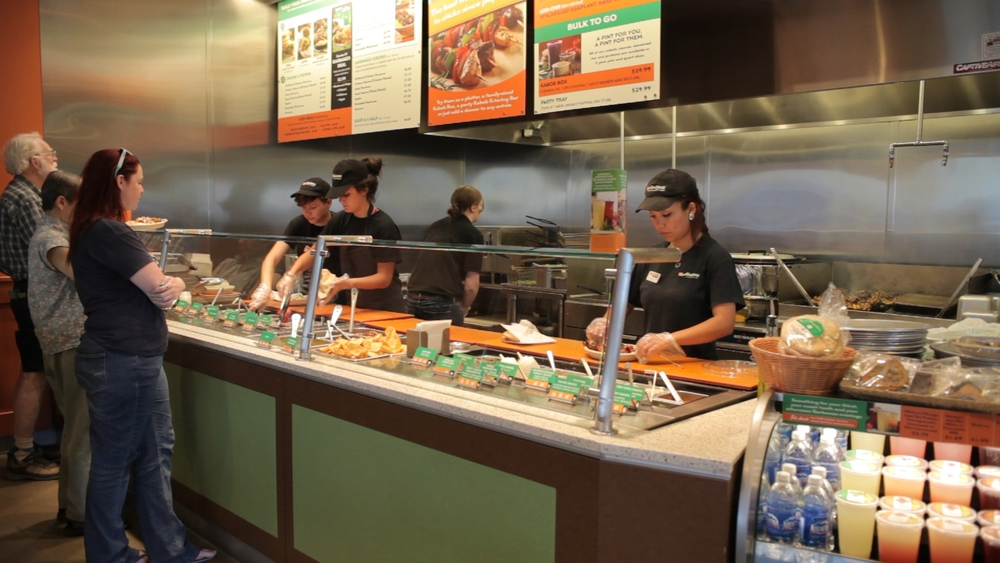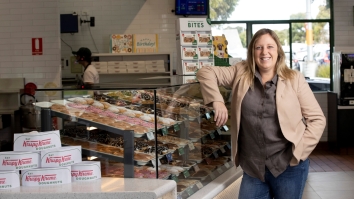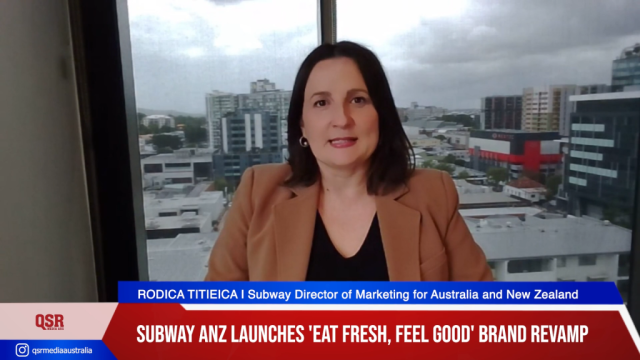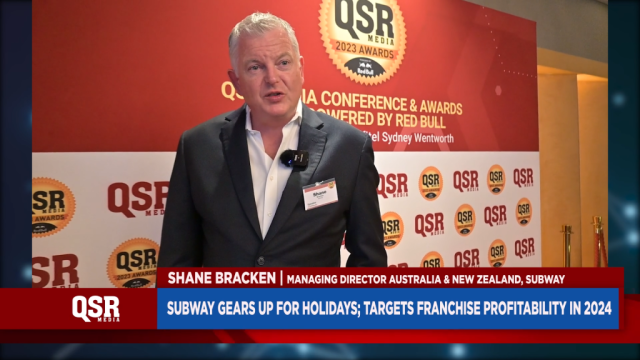
Greatest growth in restaurant visits came from fast casual stores
Research from the NPD Group said that fast casual restaurants outperformed the industry five times over.
There were nearly 5 billion visits to Australian foodservice establishments totalling $43 billion in the 12 months ending March 2015, an increase of 2 percent over the same time period last year, according to leading global information company, The NPD Group’s CREST foodservice market research, which continually tracks consumer use of foodservice outlets.
When looking at the share of visits across all foodservice categories, traditional quick service restaurants (QSR) continue to represent the bulk of foodservice traffic, with nearly seven out of 10 coming from the category. Full serve restaurants are the second largest, followed by retail. The smallest category, fast casual restaurants, represented 5 percent of overall visits, but had the fastest growth rate this year, outperforming the overall industry performance 5 times over.
Fast casual restaurants are considered to be upscale QSR concepts that offer more service, higher quality food, and have a larger average cheque size than other fast food restaurants. They cater to the younger consumer; specifically, the affluent 18 to 34 year old consumers, also known as Millennials. In terms of gender dominance in this category, males make up 54 percent of fast casual visits versus 52 percent of total foodservice visits.
“Fast casual restaurants are in an outstanding position for growth relative to the overall industry,” said Ciara Clancy, Director, NPD Group, Australia Foodservice. “These growth opportunities, however, are available to restaurants across all categories. Restaurants refusing to conform and become complacent – those able to innovate and provide value for the money – will also be able to gain a competitive edge.”
Traditional QSR and full serve restaurants were below par in comparison, with traditional QSR’s experiencing growth of only 1 percent, and full serve restaurants remaining stagnant versus a year ago.
“Traditional QSR’s were able to remain in the positive growth territory primarily due to new store openings, while full serve restaurants were flat due to the uncertainty in the economy and the spend-cautious consumer,” said Clancy. “With such little growth in the overall industry, and given the growing fragmentation we are seeing here, the competition is as fierce as ever.”
Looking within the fast casual channel, fast casual Asian cuisine, which includes Japanese, Chinese and other Asian restaurants, is the largest, with one out of every four visits occurring here. Mexican restaurants, ranking as the second fastest growing fast casual category, are the more recent to enter the restaurant mix in Australia.
“While still not as big as some of the others, it has seen strong growth this year, and will likely take up more of the fast casual visits as we see increased availability of Mexican restaurants,” said Clancy.































